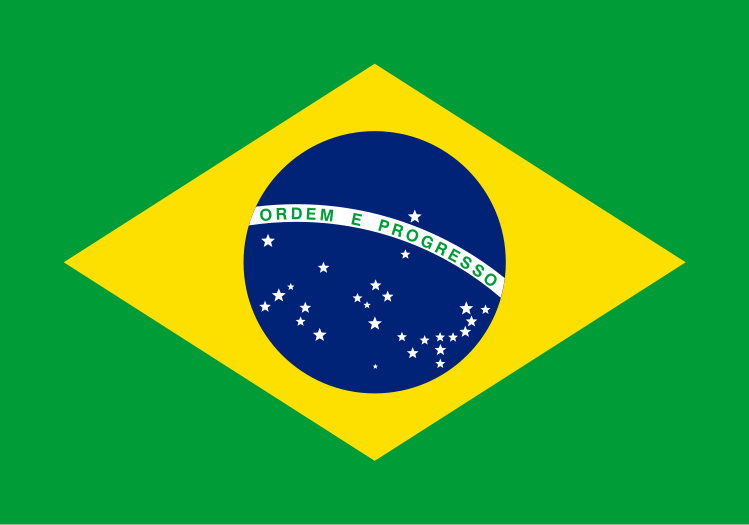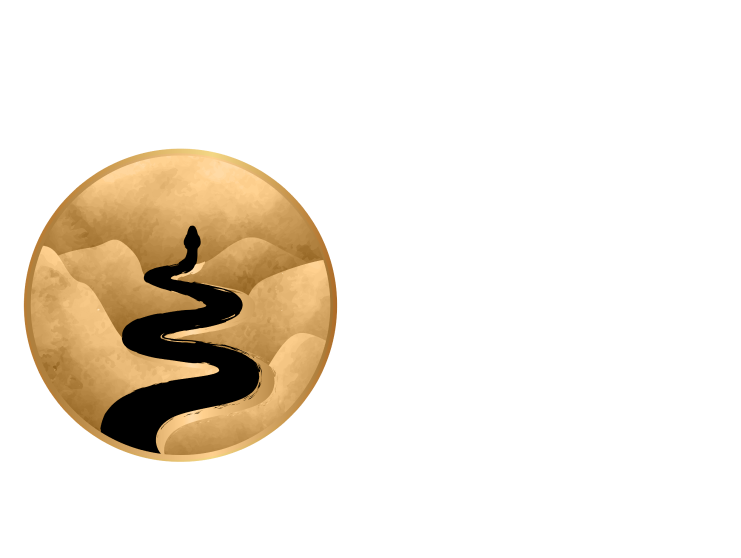THE JUNGIAN WAY

The logo was inspired by two images of a dream I had in 2018:
‘I was with a friend who was leading a small expedition in the Amazon Forest. Concealed under the thick vegetation there was an enormous hut with several floors full of furniture, tables, objects, chests, daggers; it looked like a museum’s storehouse. The top floor offered a panoramic view of a meandering river and my eyes caught sight of a gigantic anaconda moving by the riverbank. Then I saw a woman walking in front of it and I realised that the snake was no longer there. I didn’t see it happening but understood that all three elements (river, snake and woman) were one.’
This dream left a profound impression on me. The connection between the serpentine movement of the river towards the ocean and human life heading towards its destination has become, since then, a meaningful depiction for me of the individuation process.




